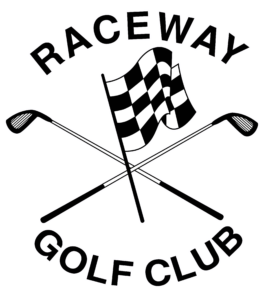Remember Two Words For Better Chip Shots
Stop me if this sounds familiar. You set up to hit a chip. You’ve got your weight forward, the shaft leaning toward the target, and you’re playing the ball off your back foot. When you swing, you catch the ball super low on the face, and skull it across the green. On the next attempt, you gouge a chunk of sod behind the ball, and it goes nowhere.
This might surprise you, but although the results of those two mis-hits are very different, they’re often caused by the same mistakes. The first is the bottom of your swing is in the wrong place, and the second is the club is not interacting with the turf the way it’s designed.
The name of this page is Gimme One Thing, but I’m going to give you two things to think about the next time your chipping issues flare up. Remember the words bottom and bounce. What do they mean and how do they apply to better chipping? When you think bottom, your focus should be on getting the club to hit the turf consistently in the same place. For chipping, that should be slightly ahead of the ball’s position on the ground. You can help make sure that happens by checking your shirt buttons and nose at setup. They should be slightly closer to the target than the ball. I like to say, as the nose goes, so does the bottom of your swing.
The second word to think about, bounce, means how the club interacts with the turf. You want the club to glide along the grass, not dig into it. The leading edge and trailing edge of the clubface should contact the ground evenly. The beauty of this technique is that the swing bottom can be a fraction off, and you’ll still likely hit a decent chip shot. No one will be the wiser.
So set up with your weight favoring your front foot, the ball in the middle of a narrow stance, and your nose and shirt buttons slightly closer to the target. Now when you swing, focus on letting the leading edge and trailing edge of the club make contact with the ground simultaneously right below your nose. Fixate on that, and your body and arms will intuitively move to get the bounce just right.
You’ll notice that I’m relatively still with my body going back; it’s mostly an arm swing. I do that to make sure my swing bottom won’t change from where I want it to be.
And when I swing down, I’m letting my body rotate toward the target. This rotation guides the club through impact on a shallow approach. There’s no chopping into the turf; it’s the right amount of interaction between the leading edge and the trailing edge. One final tip: Keep your body rotating long after the ball is gone like I am here.
Next time you struggle around the greens, remember: bottom and bounce.
SURVIVAL GUIDE
Golf instruction on the range is great, but sometimes you need help while you’re playing—stat! In his video series, “Bad-Ass Short Game,” Ritter tackles many of the issues regular golfers have around the greens and gives his unique—and bold—approach to correcting them.
Source: www.golfdigest.com




